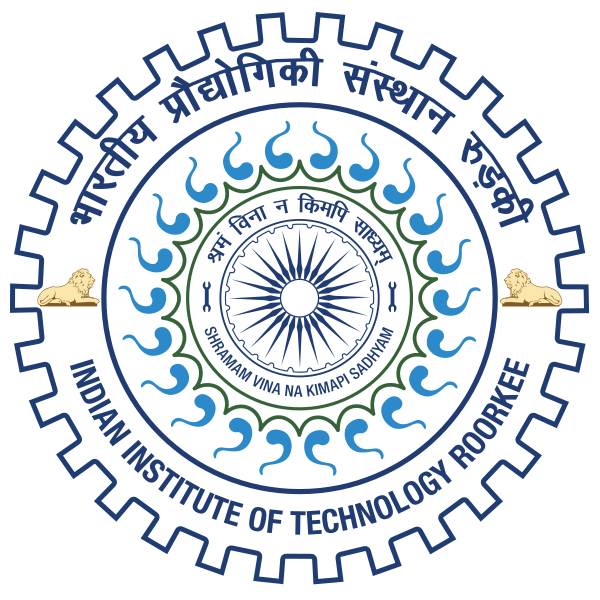Please use this identifier to cite or link to this item:
http://localhost:8081/jspui/handle/123456789/18373Full metadata record
| DC Field | Value | Language |
|---|---|---|
| dc.contributor.author | M. S., Nithin Krishna | - |
| dc.date.accessioned | 2025-10-03T10:30:19Z | - |
| dc.date.available | 2025-10-03T10:30:19Z | - |
| dc.date.issued | 2024-06 | - |
| dc.identifier.uri | http://localhost:8081/jspui/handle/123456789/18373 | - |
| dc.guide | Das, Bishnu Prasad | en_US |
| dc.description.abstract | This thesis discusses the machine learning based timing prediction model which is employed during the ECO (engineering change order) phase of physical design flow. Timing signoff closure is one of signoff conditions that must be met before layout delivery to foundry. VLSI physical design flow begins with synthesis of design (register transfer level) RTL using logic synthesis tool such as design compiler (DC). The gate level netlist is processed through physical synthesis tool such as IC Compiler (ICC2) for place and route. Finally, the timing signoff closure of the parasitic extracted netlist is carried out using timing analysis tool such as prime time (PT). The other signoff closures include physical verification, electro migration and IR (EMIR), logical equivalence and low power checks which need to be carried out. Timing closure cycle is one of the important parts of the physical design which starts with PnR optimized routed database and signoff RC extraction. Then, the timing closure of the extracted netlist basically passes through multiple timing checks such as setup, hold, timing design rule violation (DRV) and clock checks using timing analysis tool PT. The timing closure in PT involves ECO generation in PT and implementation of ECO on routed database in ICC2 which is an iterative process and takes several rounds till final timing closure happens in PT. This iterative process consumes huge run time, resource utilization, tool license and manual efforts. In this thesis, a machine learning based timing prediction model has been proposed which reduces the optimization required between ICC2 and PT. In the proposed model, the machine learning algorithm is employed to predict the timing issue much earlier in the routed database and implementing ECO in the routed database which reduces time needed for the timing closure in PT. Several machine learning models such as supervised ML models, deep neural network (DNN) model, graph neural network (GNN) model are exploited to model this behaviour of timing issue discrepancy between PT and ICC2. | en_US |
| dc.language.iso | en | en_US |
| dc.publisher | IIT, Roorkee | en_US |
| dc.title | MACHINE LEARNING BASED TIMING PREDICTION MODEL IN ECO PHASE OF PHYSICAL DESIGN FLOW | en_US |
| dc.type | Dissertations | en_US |
| Appears in Collections: | MASTERS' THESES (E & C) | |
Files in This Item:
| File | Description | Size | Format | |
|---|---|---|---|---|
| 21567012_Nithin Krishna M S.pdf | 3.19 MB | Adobe PDF | View/Open |
Items in DSpace are protected by copyright, with all rights reserved, unless otherwise indicated.

